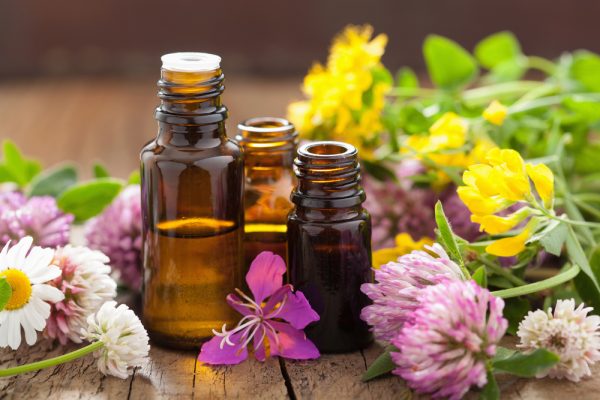
HERE’S WHAT THE EXPERTS SAY:
The following are excerpts are from Aromatherapy An A-Z, by Patricia Davis, 1988, reprinted 1994, Saffron Walden, The C.W. Daniel Company Ltd., England, pp. 278-280.
“THE QUALITY OF ESSENTIAL OILS WHICH ARE TO BE USED THERAPEUTICALLY IS OF PRIME IMPORTANCE. It is, obviously, very important to be sure that the oil you are using is indeed obtained from the plant whose therapeutic properties you had in mind when using that oil, and the only way to be certain of this is to use the Latin botanical names for the plants.”
“Even an oil which is quite truthfully described as pure may be of poor quality, and therefore of less value therapeutically. IF AN ESSENTIAL OIL COSTS MUCH LESS THAN YOU WOULD NORMALLY EXPECT TO PAY FOR IT, the oil may well be a third or fourth distillate from a batch of plant material which has already yielded the greater part of its properties to the first or second distillation.”
“AS A ROUGH AND READY GUIDE… look for simple but informative labeling (botanical name, part of plant). And avoid any oils that are not packed in opaque glass. …and DO NOT BUY ANYTHING THAT IS VERY MUCH CHEAPER.”
“THE BEST QUALITY OF ESSENTIAL OILS WILL, NOT SURPRISINGLY, COST MORE… ”
The following excerpts are from Aromatherapy Workbook, by Marcel Lavabre, 1990, Healing Arts Press, Rochester, Vermont, pp. 20-21.
“Most essential oils available on the market are of very poor quality for two main reasons. The first is that the chemical composition of the essential oils of a given plant can vary greatly, depending on the variety, the time, the soil, and the methods of cultivation and distillation.”
“The second reason is that recent advances in chemistry have flooded the market with synthetic essential oils.”
“FOR AROMATHERAPY… ONE SHOULD USE ONLY THE BEST QUALITY OF ESSENTIAL OILS.”
“AROMATHERAPY IS NOT MERELY ABOUT SMELLING NICE… It is a therapy and should be respected as such. Just as you would not expect your medical practitioner to prescribe medication that was substandard, so you should not be prepared to accept anything less than the best that is available…”
The following excerpts are from The Complete Book of Essential Oils and Aromatherapy by Valerie Ann Worwood, 1991, New World Library, San Rafael, California, pp. 90.
The following excerpts are from Holistic Aromatherapy, A. Berwick, 1994, Llewellyn Pub., St. Paul, MN pp. 168.
“It is important to work with high quality, pure essential oils whenever you can. Many of the oils on the market are of poor quality.”
“LOW PRICES MAY ALSO MEAN THE OIL IS A SECOND OR THIRD DISTILLATION OF THE PLANT MATERIAL, in which case it will have far less therapeutic value. Sometimes oils are diluted with another plant that has a similar aroma, but costs less… Obtaining the specific oil you want is more likely if you know the correct botanical name…”
“The oils should be sold in dark glass bottles, definitely not in plastic”.
“Common Methods of Adulteration: A certain quantity of the main chemical constituent may be added to the essential oil to “stretch” it. Oil from a cheaper plant may be added. Citronella may be added to melissa & spearmint to birch. Synthetic aromatic substances may be added. This can cause irritation, allergies, nausea, headaches, and reduced therapeutic value. Some of the chemical constituents may be removed. Since an essential oil is an extremely complex cocktail of hundreds of chemical constituents, some of them in very small amounts, this will alter the therapeutic value of the oil. Menthol is often removed from peppermint oil and used by the pharmaceutical industry. As a general rule, the more an essential oil is interfered with physically or chemically, the less clinical value it will have”.
